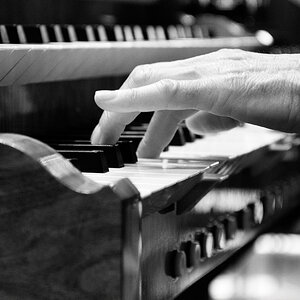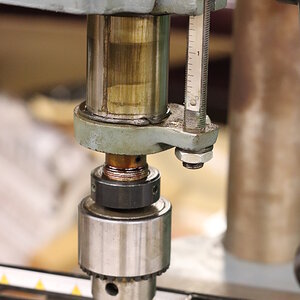settons
TPF Noob!
- Joined
- Aug 5, 2008
- Messages
- 63
- Reaction score
- 0
- Location
- Toronto, Ontario
- Can others edit my Photos
- Photos OK to edit
Hi Everyone,
I wanted some thoughts from you about how to shoot indoors with poor lighting and a high ceiling. Let me breakdown the scenario...Canon 40D, 430EX flash (with bounce card) and 50mm 1.8. I went to an awards presentation for my 3 year olds "little gym" class. It is probably a room that is 60'x70' and the ceiling is probably 20' high...similar to a elementary school gym.
I tried to bounce light off the ceiling, however it was too high and wouldn't produce enough light. When I directed the flash at my son, it gave the spotlight look, which obviously isn't what I am looking for.
My question is this, would a Gary Fong lightsphere had helped in that situation? Is there a better accessory out light that would be portable? It seems like I am in these situations often. Are there any pointers anyone can give me? Any advice would be appreciated.
I wanted some thoughts from you about how to shoot indoors with poor lighting and a high ceiling. Let me breakdown the scenario...Canon 40D, 430EX flash (with bounce card) and 50mm 1.8. I went to an awards presentation for my 3 year olds "little gym" class. It is probably a room that is 60'x70' and the ceiling is probably 20' high...similar to a elementary school gym.
I tried to bounce light off the ceiling, however it was too high and wouldn't produce enough light. When I directed the flash at my son, it gave the spotlight look, which obviously isn't what I am looking for.
My question is this, would a Gary Fong lightsphere had helped in that situation? Is there a better accessory out light that would be portable? It seems like I am in these situations often. Are there any pointers anyone can give me? Any advice would be appreciated.
Last edited:



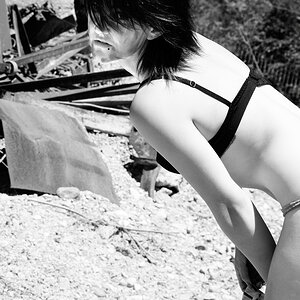
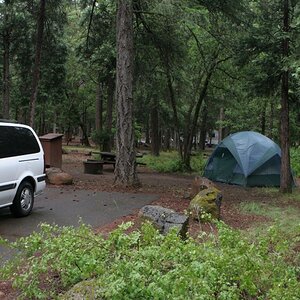
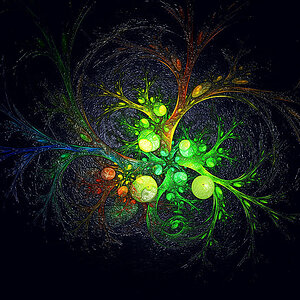
![[No title]](/data/xfmg/thumbnail/39/39187-9ec2507d9e5ef2843f7f00127c7abb4c.jpg?1619738905)
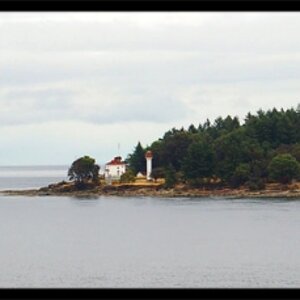
![[No title]](/data/xfmg/thumbnail/36/36396-f8e84def7352af726df923054b86284f.jpg?1619737549)
